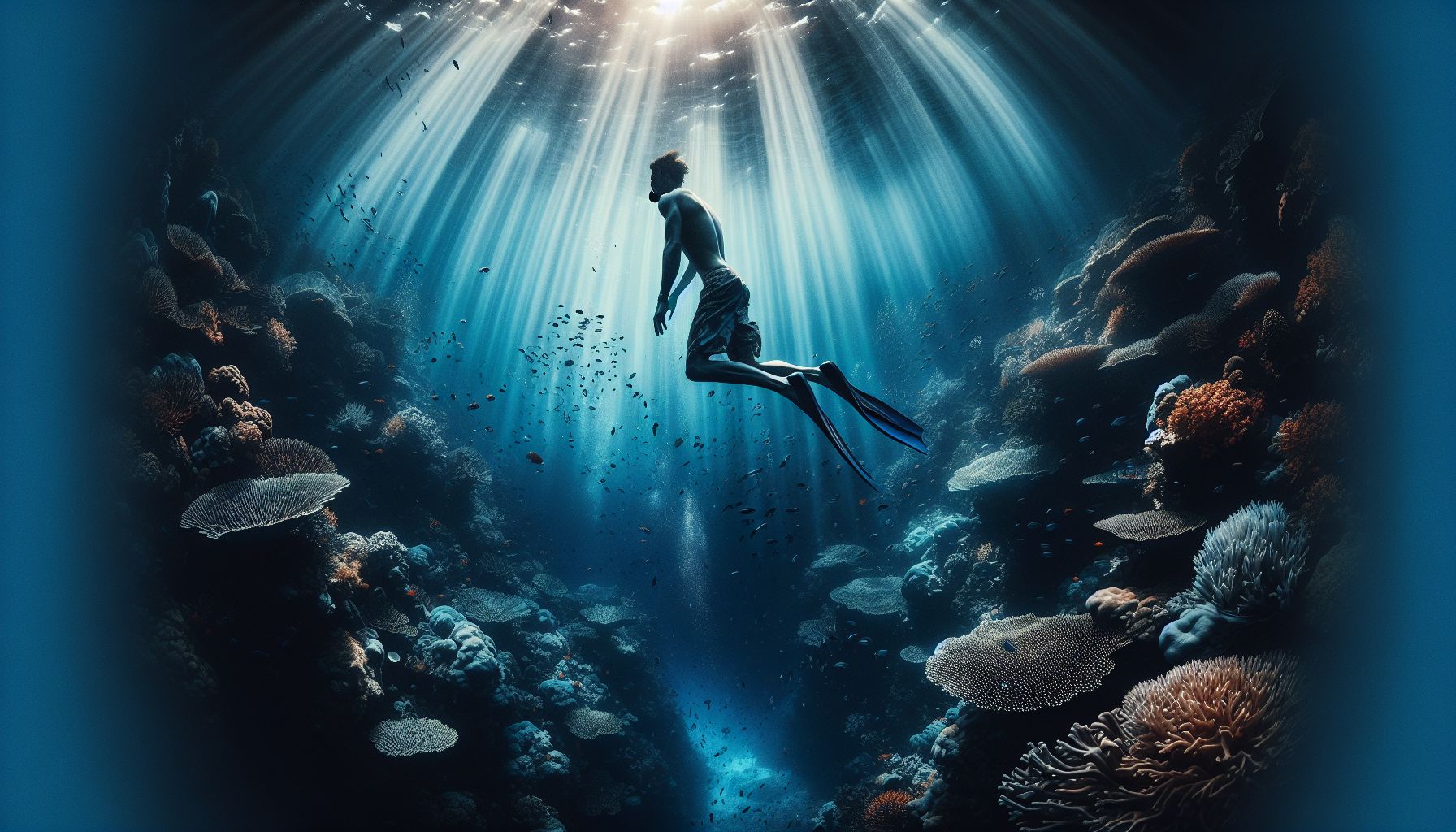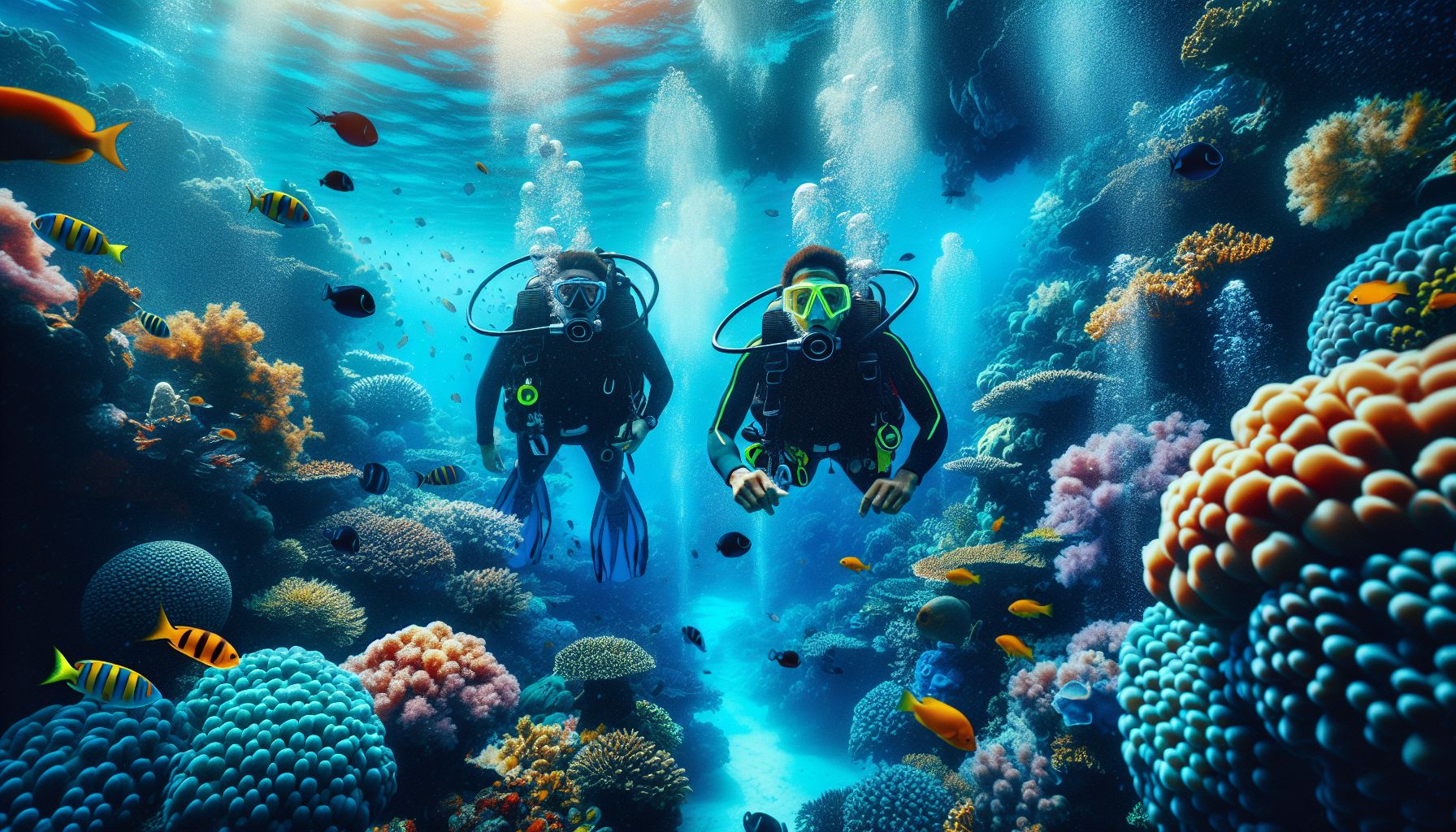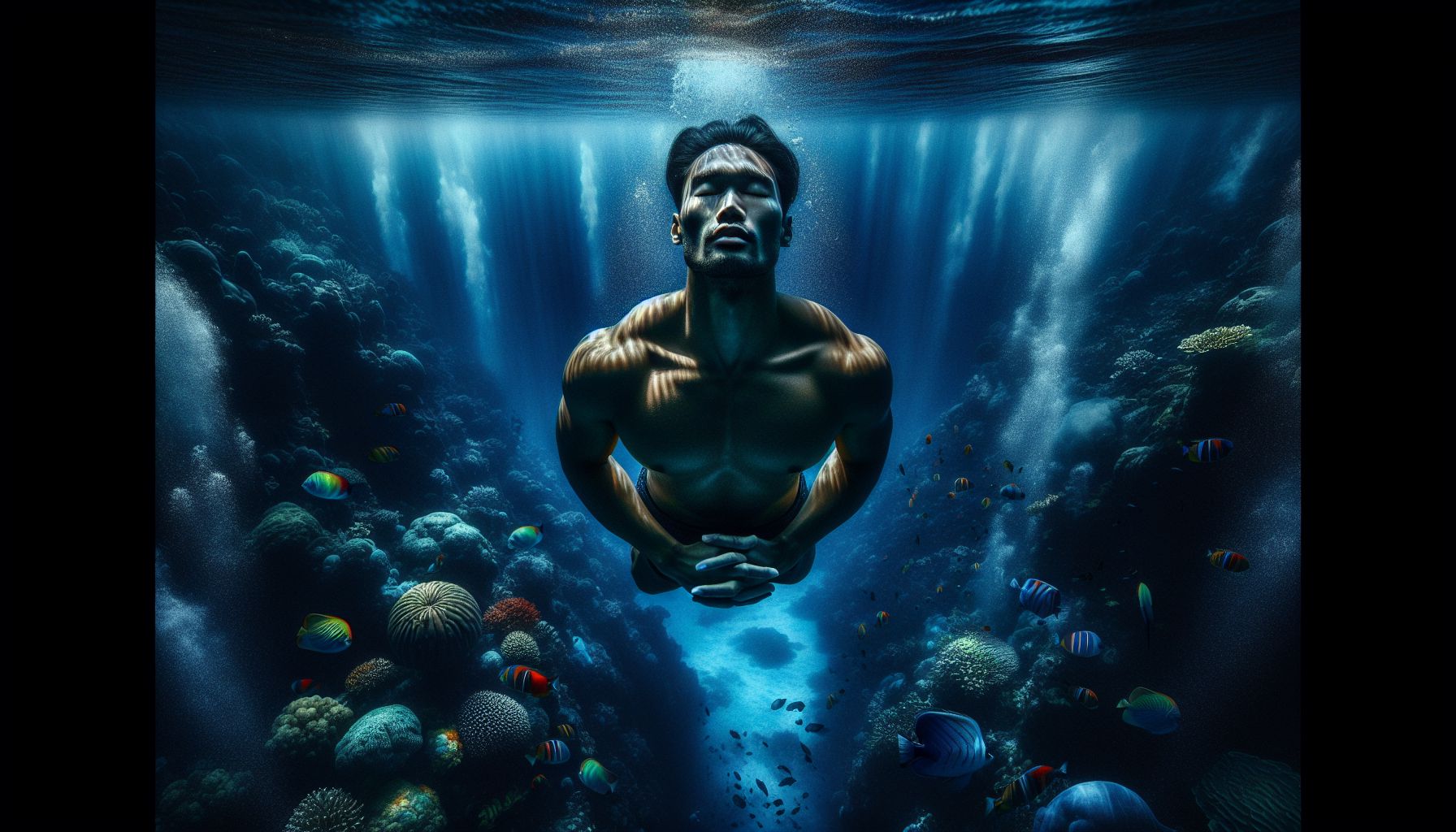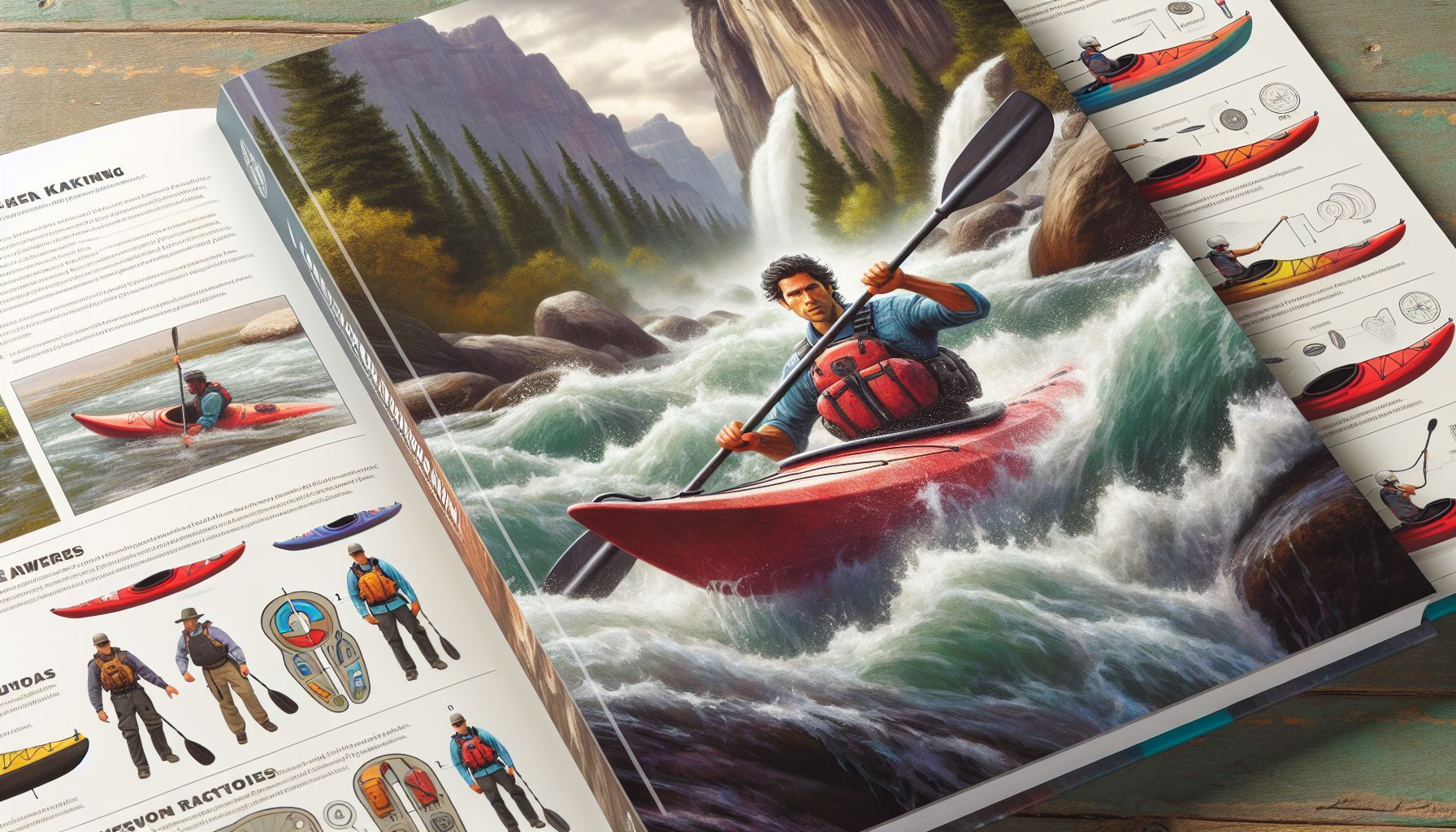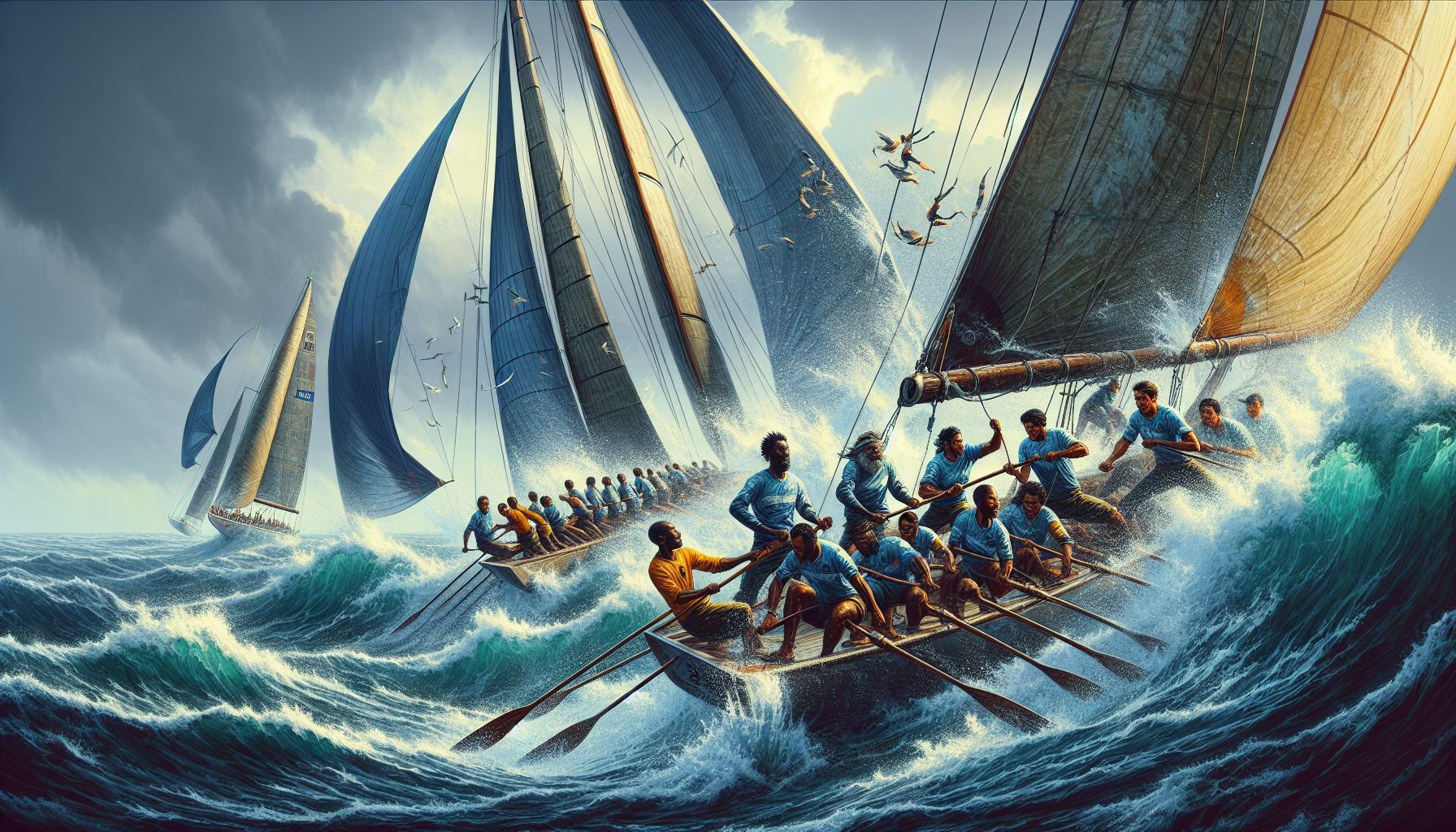Freediving, often perceived as one of the most pure forms of underwater exploration, strips away the clatter and clutter of our over-technologized existence, allowing a diver to merge with the deep on a single breath. The sport not only is a physical and mental challenge but also an art, transforming the way humans interact with the aquatic realm. In this article, we delve into the captivating world of freediving, indulging in its history, techniques, equipment, risks, and the captivating allure that draws individuals to this serene underwater pursuit.
The History: How It All Began
Freediving is as ancient as humanity itself, with roots that can be traced back thousands of years. Civilizations across the globe have practiced breath-hold diving out of necessity, whether for food, pearl diving, or retrieving items lost beneath the waves.
Spearos, the term for those who fish underwater using a speargun while on a breath-hold, have been documented in 15th century Greece. The Ama divers of Japan, traditionally female, have been diving for seafood and pearls for over 2,000 years. The “Bajau Laut,” often referred to as the Sea Nomads, live around the waters of Indonesia, Malaysia, and the Philippines and spend practically their lives on or in the ocean, freediving for sustenance.
The Fundamentals of Freediving
Freediving centers upon the concept of diving on a single breath of air. It involves a series of techniques that enable divers to optimize their bodies for underwater immersion, focusing on breath control, relaxation, and efficient movement.
Techniques and Training
Fundamental to freediving is the practice of breath-holding, or apnea. Professional freedivers can hold their breath for astonishing lengths of time — the current world record exceeds eleven minutes. However, it is not just about holding your breath; it’s about conditioning the body to deal with lower levels of oxygen and higher levels of carbon dioxide, a practice known as CO2 and O2 tolerance training.
Mental Strength and Concentration
Mental fortitude is a cornerstone of freediving. Visualization and meditation are often employed to prepare both mind and body for the calm required to dive deep. Divers use these strategies to overcome the body’s natural urge to breathe, known as the mammalian dive reflex, which is a set of physiological responses to immersion that overrides the basic instinct to breathe.
Equipment: Less Is More
The equipment for freediving is designed to be as hydrodynamic and minimal as possible, reducing drag and conserving energy. A typical setup includes:
- Freediving Mask: Low volume for easier equalization.
- Snorkel: A simple J-shaped tube, often removed during a deep dive.
- Fins: Long and flexible, providing powerful propulsion with minimal effort.
- Wetsuit: Applied for thermal protection and buoyancy control. Freediving suits are smooth, aiding in hydrodynamics.
- Weight System: Usually a belt, which ensures neutral buoyancy at depth.
- Dive Computer: Tracks depth, time, and sometimes even heart rate.
The Risks of Freediving
Freediving does not come without its share of risks. With increased depth, pressure builds, which can lead to situations like:
- Barotrauma: Pressure-related injuries.
- Shallow Water Blackout: A loss of consciousness caused by hypoxia, typically occurring in shallow waters upon ascent.
- Nitrogen Narcosis: Although less common in freediving than scuba diving, it can still occur at extreme depths.
Safety protocols, buddy systems, and proper training are essential components in minimizing these risks.
The Allure of the Deep
So, what compels individuals to freedive, facing the potential dangers and the intense discipline required? For many, it is the profound connection with the ocean, a feeling of being part of something greater than themselves. The silence and weightlessness of the underwater world offer an almost spiritual experience. It exercises not only the body but also the soul.
Freedivers describe the peace found below the surface as unparalleled. Without the distractions and noise of daily life, there’s space for inner clarity and meditation in movement.
Training for Ascent: Becoming a Freediver
Those interested in freediving must engage in a proper training program, usually provided by organizations such as AIDA International, PADI, or Freediving Instructors International (FII). These courses cover:
- Theory: Understanding the body’s reactions to breath-holding and pressure.
- Pool Techniques: Static apnea (still breath-hold) and dynamic apnea (horizontal swimming on a breath-hold).
- Open Water Skills: Dive technique, equalization, safety procedures, and rescue.
As with any sport, consistent practice and gradual progression are key. Freedivers are always advised to never dive alone and to keep pushing the boundaries of their comfort zone in a safe and controlled manner.
Competitions and Records
Freediving isn’t just a recreational or spiritual endeavor; it’s also competitive. Freediving competitions are held worldwide under various disciplines:
- Static Apnea: Maximum breath-hold time.
- Dynamic Apnea: Horizontal distance covered underwater on a single breath.
- Depth Disciplines: Freedivers push their limits in the depth of the ocean.
Achievements in this sport are often marked by setting and breaking records. One of the most famous names in freediving is Umberto Pelizzari, who has set several world records.
Conservation and Environmental Connection
Besides being a personal challenge, freediving also plays a role in ocean conservation. It allows divers to intimately understand the ecosystems they immerse themselves in, often becoming ambassadors for marine protection.
Seeing the ocean’s splendor up close motivates freedivers to advocate for sustainable practices, plastic waste reduction, and the protection of marine life. Organizations like Ocean Conservancy and Project AWARE work with divers to support the health of our oceans.
In Conclusion
Freediving may seem like a physical sport, but it’s deeply rooted in the art of mental control, the peace found in silence, and connection to the natural world. Anyone seeking to explore their limits, embrace a new adventure, and become one with the ocean might just find their calling in the depths of freediving.
Sources
- AIDA International. “Freediving Disciplines.” https://www.aidainternational.org/freediving-disciplines
- PADI. “Freediver.” https://www.padi.com/courses/freediver
- Project AWARE. “Our Ocean, Our Future.” https://www.projectaware.org/
Exploring the depths of the ocean on a single breath is a truly transformational experience that transcends sport and becomes a way of interaction with oneself and the environment. Freediving, as any freediver would tell you, isn’t just about diving: it’s about living.
